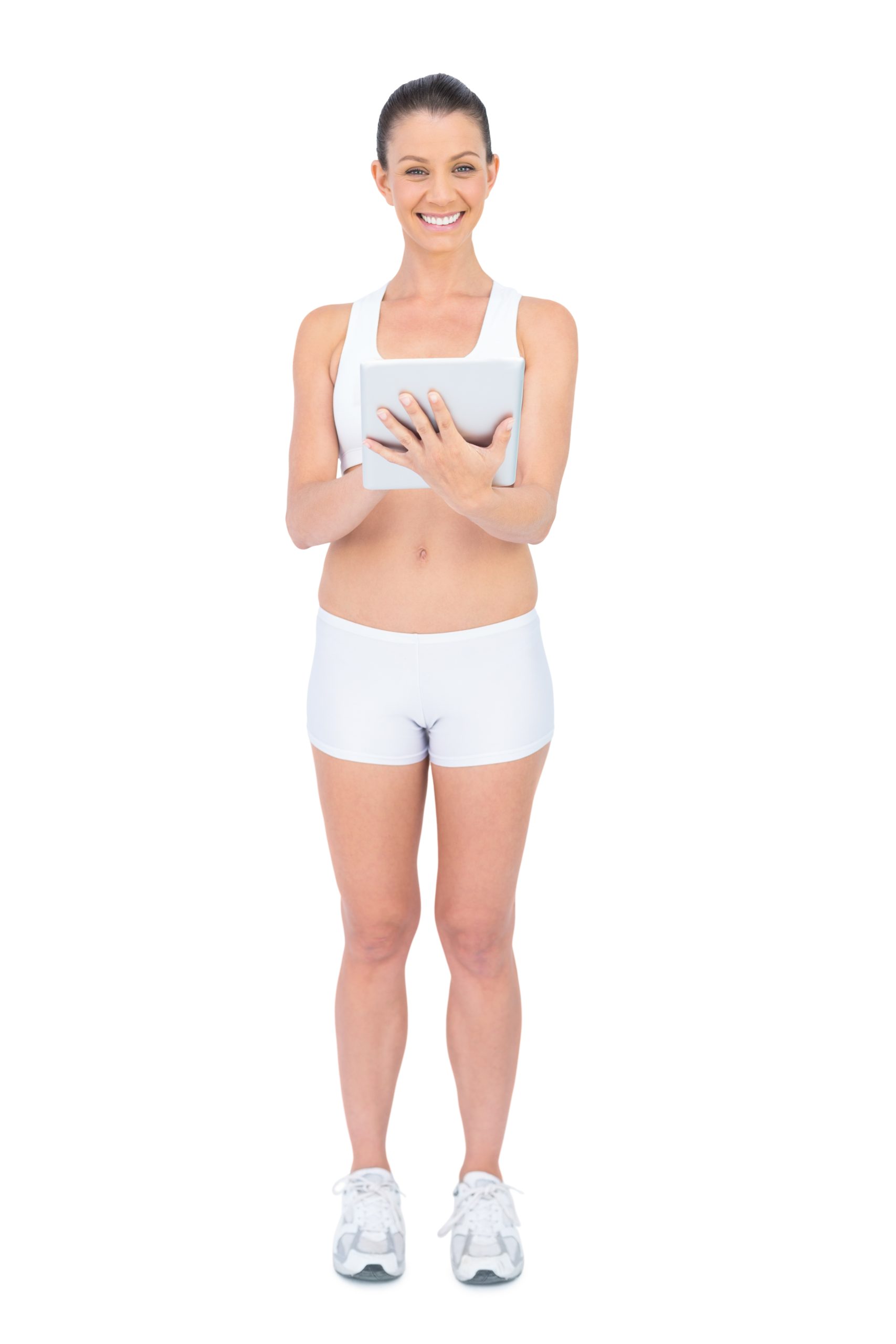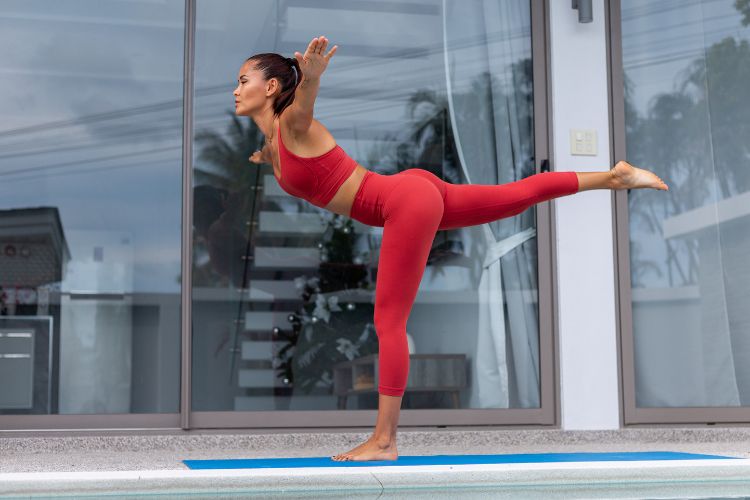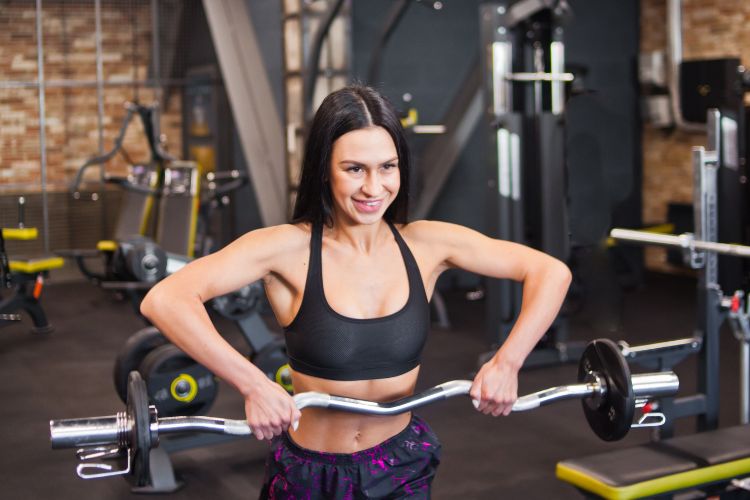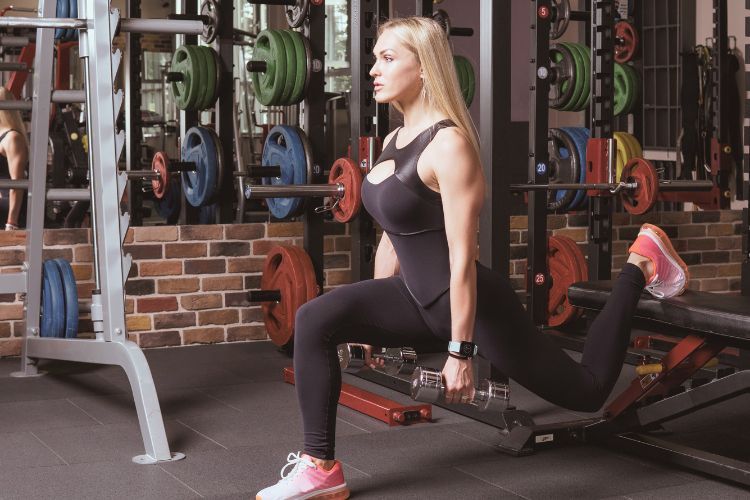Sign up for workout ideas, training advice, reviews of the latest gear and more.





The dumbbell single-leg squat is an advanced lower-body exercise that challenges balance, strength, and coordination. This movement targets the quadriceps, hamstrings, glutes, and core while improving stability and mobility. Whether you’re looking to build muscle, enhance athletic performance, or improve functional fitness, the dumbbell single-leg squat should be part of your workout regimen.
This guide will cover everything you need to know about this powerful exercise, including its benefits, proper technique, variations, and workout routines to help you maximize your gains.
The dumbbell single-leg squat primarily targets the quadriceps, hamstrings, and glutes. Since it requires balancing on one leg, it engages more muscle fibers than traditional squats, leading to greater strength gains.
Performing this exercise on one leg forces your body to engage stabilizing muscles, including the core and smaller supporting muscles around the knee and ankle. This improves balance, coordination, and proprioception.
Many people have a dominant leg, leading to muscle imbalances that can cause injuries and hinder performance. The dumbbell single-leg squat ensures that both legs work independently, helping to correct asymmetries.
Athletes in sports requiring speed, agility, and power—such as basketball, soccer, and running—benefit greatly from single-leg training. This exercise mimics real-life movements, improving functional strength and explosiveness.
Compared to barbell back squats, the dumbbell single-leg squat reduces stress on the spine. This makes it a safer option for individuals with back issues or those looking to avoid excessive spinal compression.
Mistake: Wobbling or falling over.
Fix: Start with bodyweight squats to develop balance before adding dumbbells. Focus on engaging your core and keeping your gaze fixed on a point in front of you.
Mistake: Excessive forward lean, which puts stress on the lower back.
Fix: Keep your chest up and engage your core throughout the movement. Strengthening your glutes and core will help maintain an upright posture.
Mistake: The knee collapses inward during the descent.
Fix: Actively push your knee outward in line with your toes. Strengthen your hip abductors to improve knee stability.
Mistake: Attempting to lift heavy before mastering the movement.
Fix: Start with lighter weights or bodyweight only. Focus on form before progressing to heavier dumbbells.
Goal: Build strength and balance before progressing to advanced variations.
Goal: Develop muscle endurance and coordination.
Goal: Maximize lower body strength and power.
The dumbbell single-leg squat is one of the best exercises for building lower body strength, improving balance, and enhancing athletic performance. Whether you’re a beginner or an advanced lifter, incorporating this movement into your workouts will lead to significant improvements in muscle activation, coordination, and injury prevention.
By following proper technique, avoiding common mistakes, and progressing systematically, you can maximize the benefits of this powerful lower-body exercise. Start with the basics, refine your form, and gradually challenge yourself with variations and heavier dumbbells to reach your full potential.
Would you like a printable PDF version of these workouts? Let us know in our social media comments and Follow us for more fitness tips!
Stay up to date on the latest women’s health, fitness and lifestyle trends and tips.